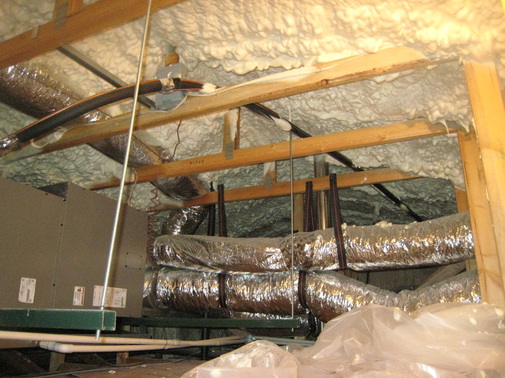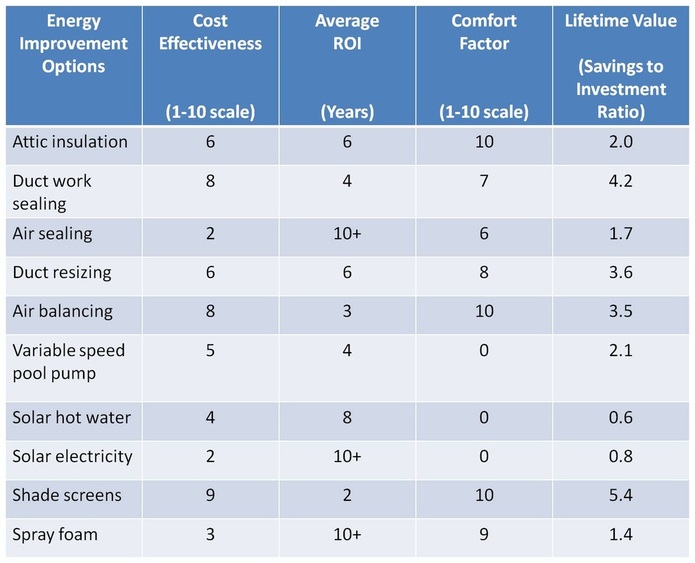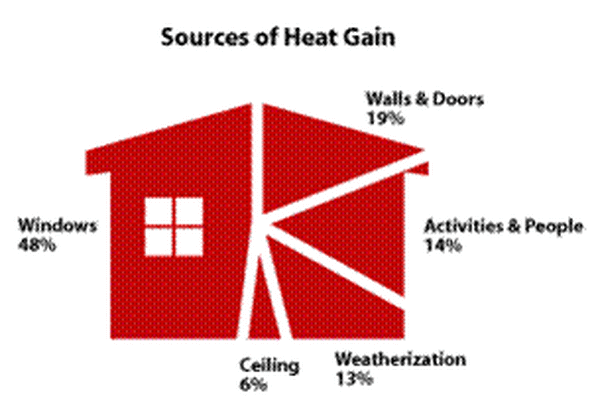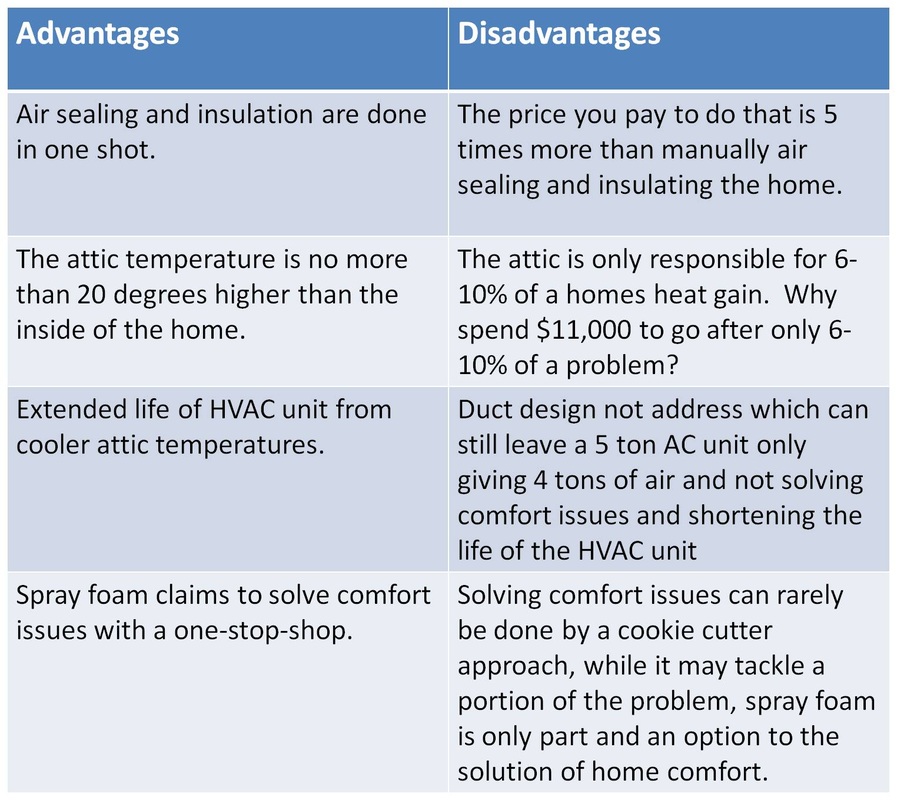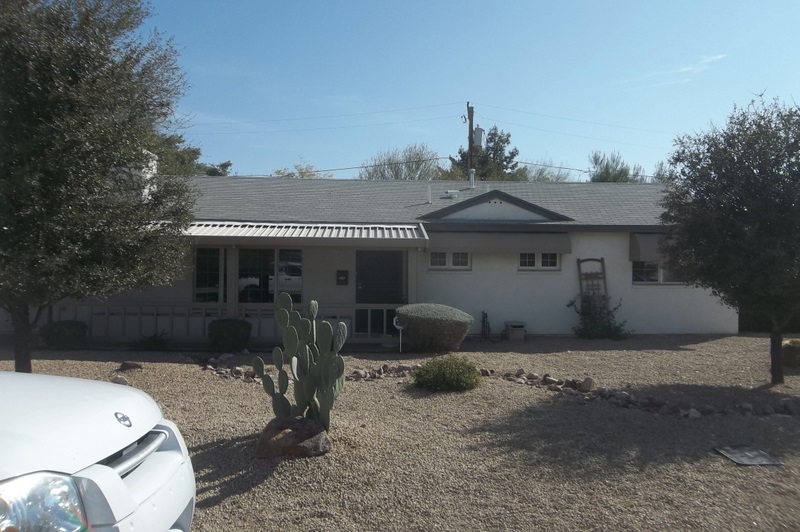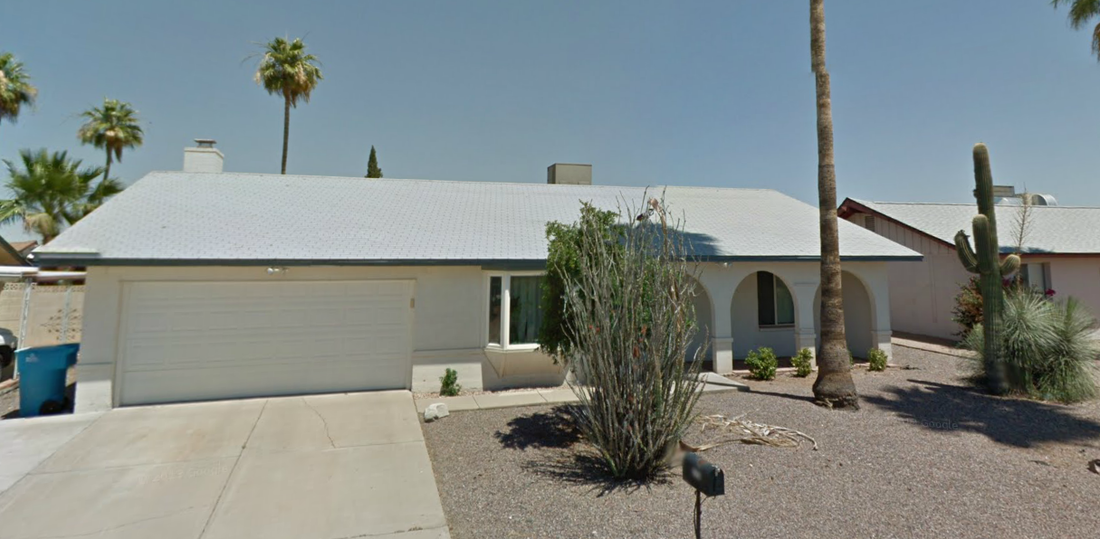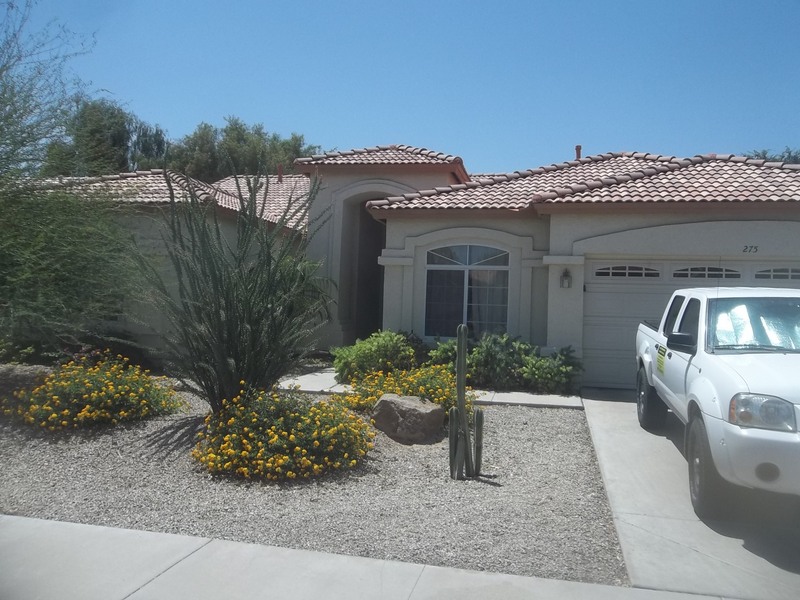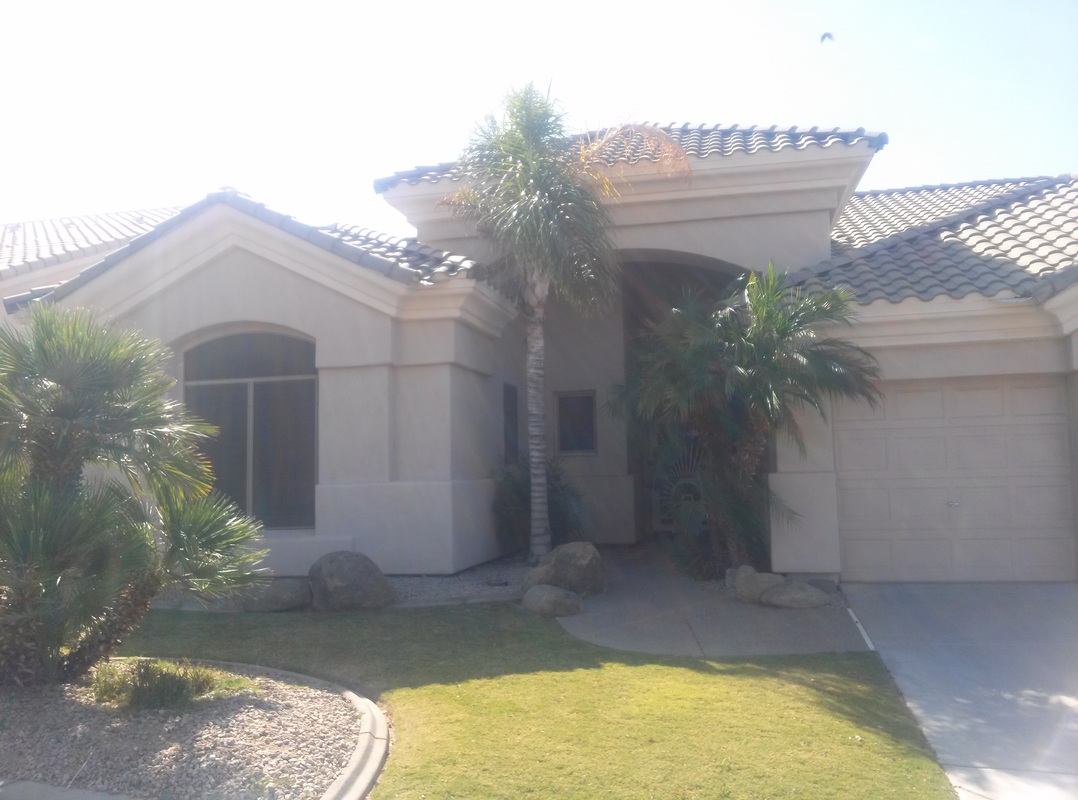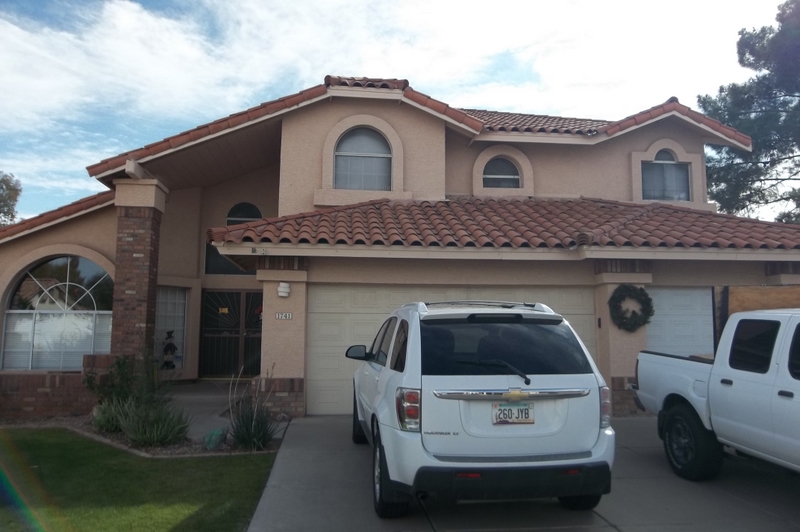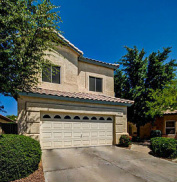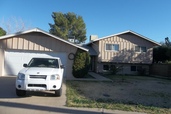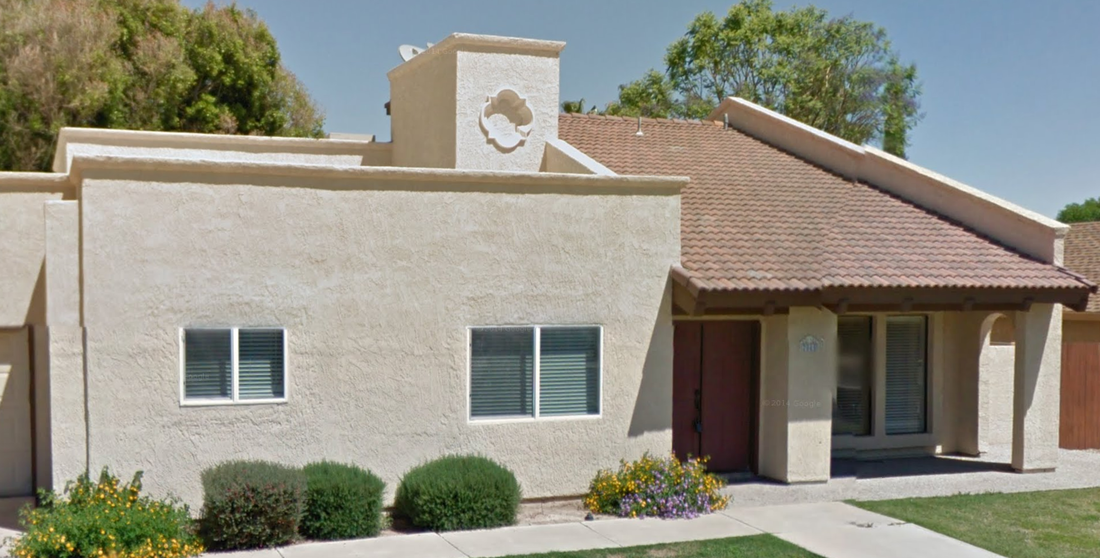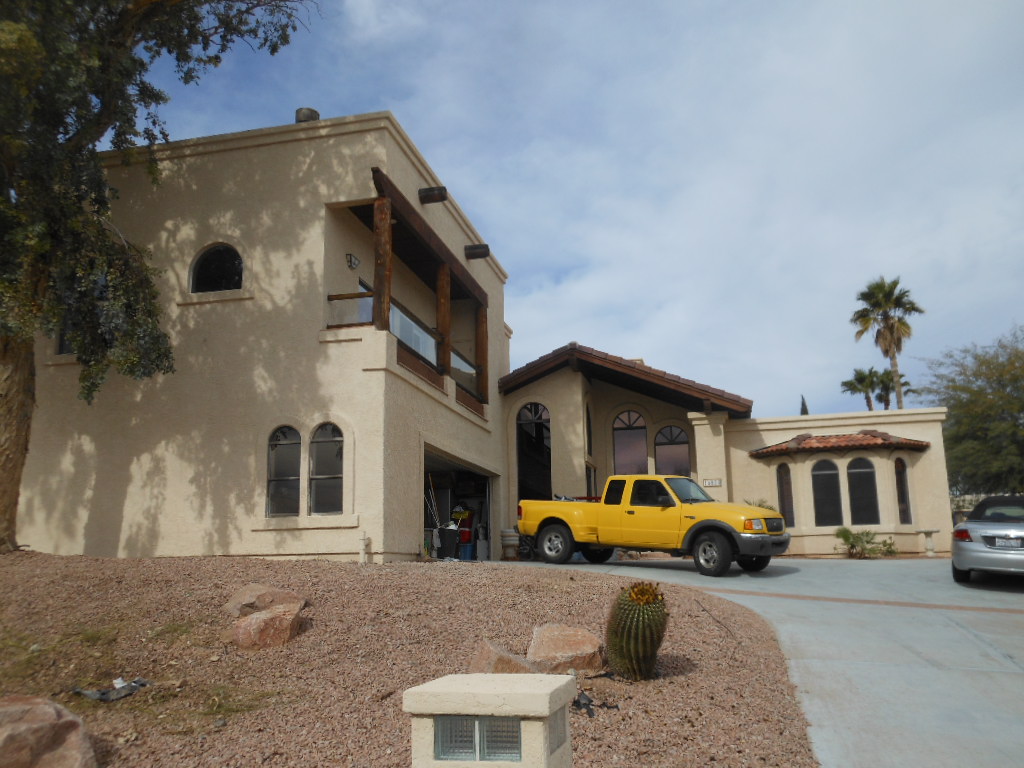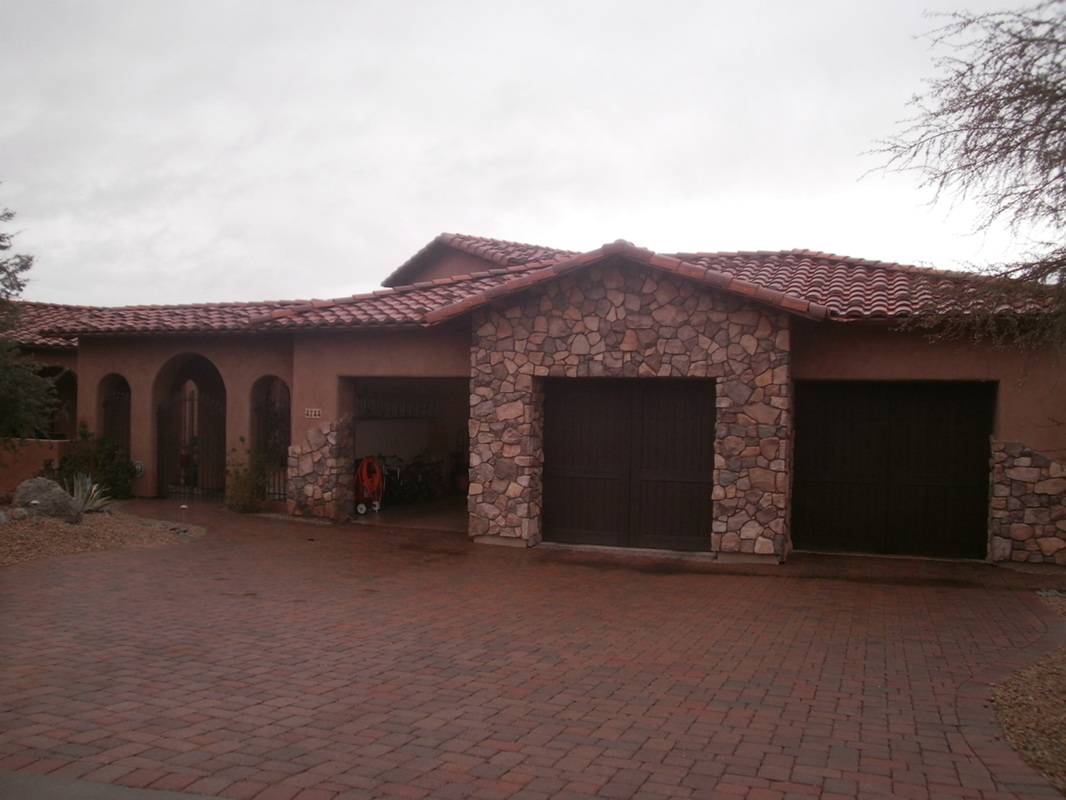|
Let me start right off the bat by saying that spray foam insulation is a great product, especially in Arizona. There, end of discussion...? Well, not really, there are definitely some considerations that should be weighted-in when considering spray foam insulation. The first and biggest is the cost. Spray foam insulation is about $4 per sq ft, and that is not just your attic. Roof space is about 30% more square footage than the attic floor area, that should be taken into account when budgeting. So if your home is 2,100 sq ft single level, your attic roof slope eligible for spray foam would be around ( 2,100 x 30%) + 2,100 = 2,730 sq ft with a cost for adding spray foam of 2,730 x $4 = $10,920! You can get a small solar panel system for that cost or even take a nice vacation to Europe... It's a tough choice, Europe or spray foam in the attic? Spray foam is definitely an investment, and we encourage our customers to do it if it meets our 3 step cost benefit analysis listed below. 3 Step Cost-Benefit Analysis For Spray Foam Insulation
Below is a summary table of other energy saving recommendations common for Phoenix homes and their associated cost savings, comfort impacts, and lifetime value considerations... all three cost-benefit analysis in one location. The table shows estimated savings on an average 2,100 sq ft home in Phoenix. The cost effectiveness is rated on a scale of 1 to 10, with 10 being the highest rating. The Average ROI is found by taking the savings / cost, with the higher numbers giving quicker paybacks. The Comfort Factor is also on a scale of 1 to 10, with 10 being the highest rated and having the biggest comfort impact. The Lifetime Value column takes into account the useful lifetime of the upgrade. For example, a pool pump's lifetime is 10 years, shade screens have a lifetime of 10 years and insulation has a lifetime of 25 years. Upgrades like duct work sealing, insulation and air sealing have lifetimes capped at 25 years. The higher the number, the better for the Savings-to-Investment Ratio. Spray foam was estimated to have a savings of $300 a year, over a generous 50 year lifespan with a cost of $11,000. By looking into all the alternatives, you can see a typical home has multiple options to choose from that are both more cost effective and can fix temperature fluctuations in the home. Yes, it is true that spray foam will put less wear on an air handler located in the attic, but if that air handler is starved for air because of bad duct design or leakage, it's still going to be overworked no matter what the attic temperature is. By having an energy auditor assess your home, you can begin to answer the question of how much money will I really save from spray foam? Let's be honest, if you have a spray foam contractor and an energy auditor to your home and ask them both the same question, who do you think will give you the more accurate answer? The sales guy who does zero testing on your home and whose visual inspection and estimates are based on what the spray foam manufacturer say (think estimated MPG vs actual MPG), or an energy auditor who measures actual leakage, heat gain and room pressures and runs your home measurements through a software modeling program to explore all the options indiscriminately. One of my favorite facts for homes in Phoenix is the heat gain chart published by SRP which shows that only a minor portion of heat gain in our homes comes from the attic. Simply put, if a spray foam rep sounds like he is over promising savings, he probably is. Spray foam is often touted as the end-all-be-all comfort solution if you are experience hot and cold rooms. This reminds me of the radiant barrier days, where energy-saving happy salesman would go around claiming 50% total utility bill reduction from radiant barrier alone! Spray foam definitely has a heavy hand combating comfort issues, but is shortsighted in that it is missing duct design and duct sizing in the picture. Even if your attic is no more than 20 degrees from the inside of the house with spray foam, if your 5 ton HVAC unit is only putting out 4 tons of air, you are still going to have airflow and comfort problems. Until I see spray foam companies start talking about duct design and the world of airflow issues, I'm putting them in the slap-happy savings category penalty box.
8 Comments
|
Sign Up For Your Home Energy AuditFIND YOUR HOME TYPERanch HomesSingle Story, Spec HomesTwo Story, Spec HomesTri-Level HomesPre-1990 Custom HomePost-1990 Custom HomeDon't See Your Home? Find Your City Below!Archives
April 2024
Copyright Notice©2009 – 2023
All Rights Reserved |


